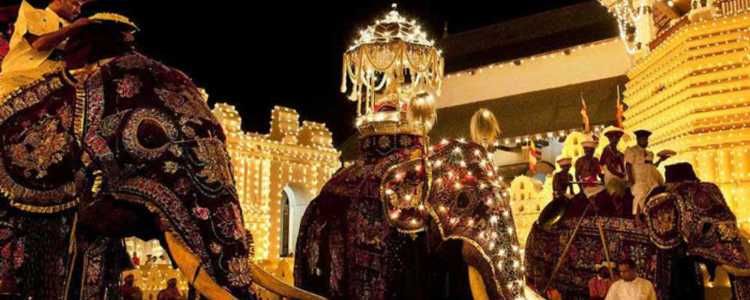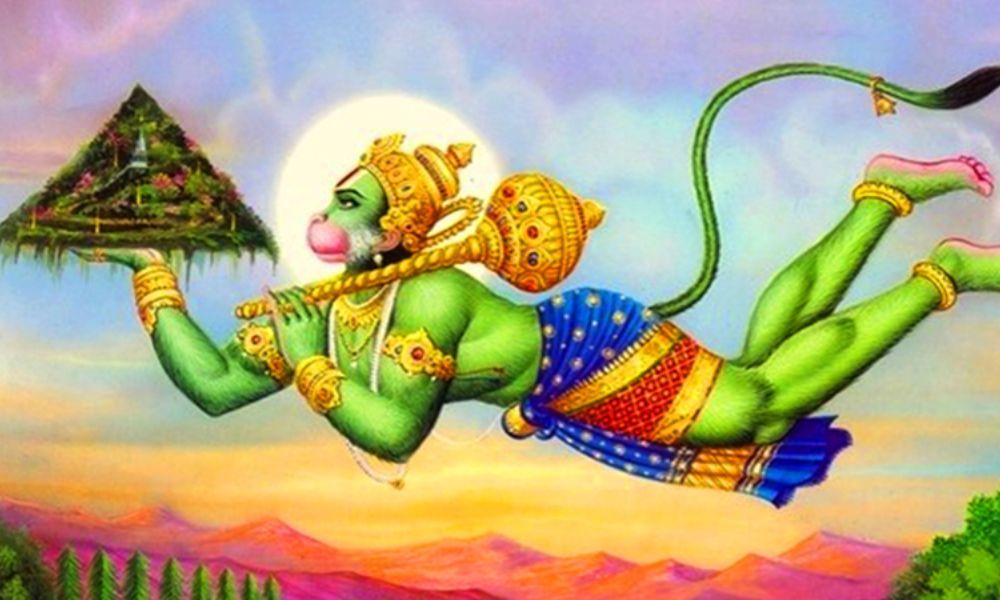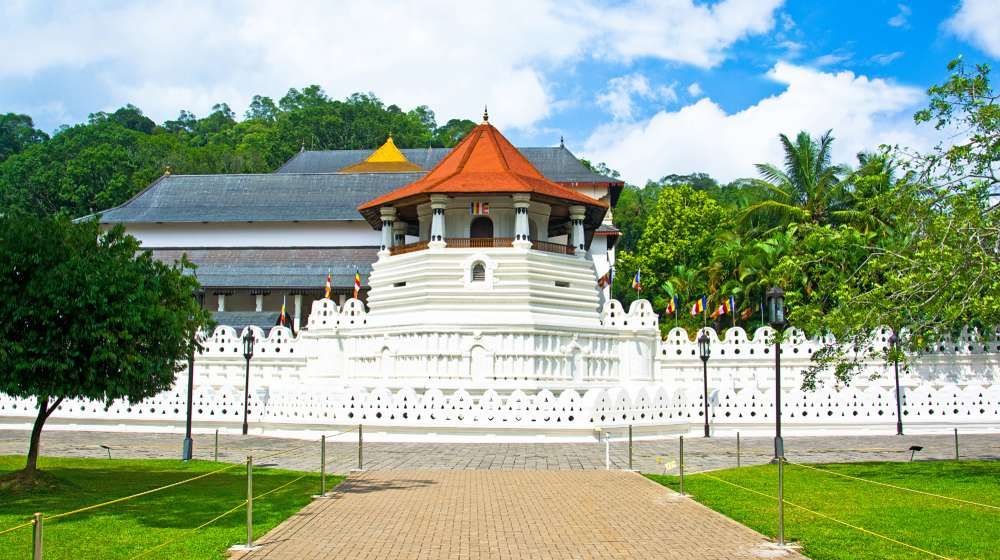
Sacred Tooth Relic Temple Kandy
The Temple of the Tooth Relic (Sri Dalada Maligawa) is in the center of the cityand was originally built by the Kandyan Kings between 1687 and 1707, in order to house and honor the sacred tooth relic. ‘Maligawa’ (Palace) literally translates to palace, and the temple is part of the palace complex. The entire complex is over three centuries old at least and has seen many a king’s rise and fall. The tooth relic temple enshrines relics of what is believed to be the actual teeth of Lord Buddha in well secured golden casket. After Lord Buddha was cremated, his four canine teeth were taken from the ashes. These teeth are regarded as the holiest relics of Buddhism. It’s the fourth tooth, the tooth relic of the Kalinga, that is today enshrined at the Sri Dalada Maligawa.
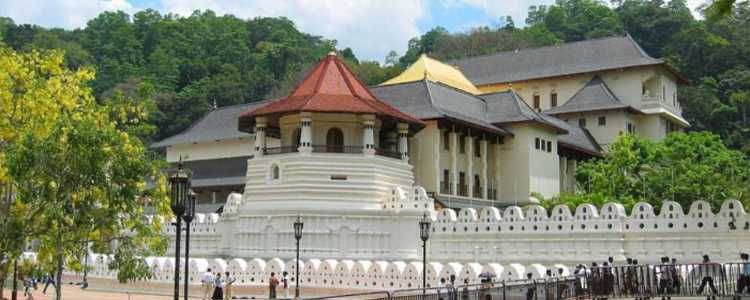
History of Sacred Tooth Relic Temple
When a neighbouring kingdom waged war with King Guhasiva of Kalinga to get hold of the Tooth relic, for its safety, the tooth relic was taken out of India and sent to Sri Lanka with his daughter Princess Hemamali. At that time, Buddhism was already well established in Sri Lanka, and the island’s rulers maintained close relations with the Indian states that fostered Buddhism. The relic was hidden in her hair as she fled from Hindu armies who were besieging her father’s kingdom in India. It was placed on a gold lotus flower and enshrined inside a nested jewelled casket fronted by two large elephant tusks. On special occasions the relic was paraded around the streets of Kandy on the back of an elephant (these animals being sacred to Lord Buddha). According to legend, there was once a severe drought. The Tooth Relic was taken out of its shrine and a great procession was held for seven days. This ended the drought and started the tradition of the Perahera Festival.
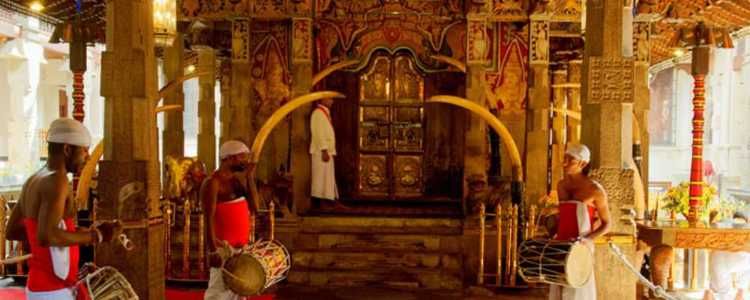
The temple buildings are perhaps not as magnificent or ornately decorated as those seen in South East Asia, yet they are rather striking with their red roofs and white stone walls overlooking Kandy Lake. The entire temple complex, from peaked tiled roofs to white walls with large airy windows, is built using classical Kandyan architecture. The low walls have simple carved openings that give a filigree effect and are used to house coconut oil lamps and candles during festivals.
In a bold contrast to the exterior, the interior temple structures are elaborately carved and painted with exotic woods, lacquer and ivory. On entering the temple complex, you step into the Pallemaluwa, or the ground floor area. The chamber is intricately decorated and fortified with a large wooden door, decorated with bronze and ivory. The area in front of the door is called the “Hevisi Mandapaya” (Drummers Courtyard) where the daily rituals are carried out.
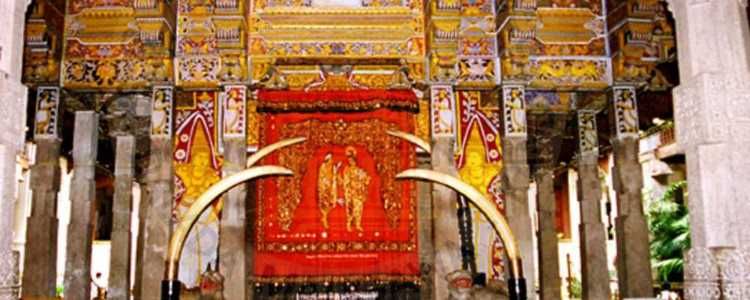
The main shrine has two floors. The tooth relic is kept in the upper floor in the chamber called “Vadahitina Maligawa”. The door to this chamber is covered with gold, silver and ivory and inside the tooth rests on seven gemstone-studded golden caskets. On the right to the relic is the “Perahara Karanduwa” (relic chamber used in the annual Esala Mangalaya Perahara (procession) kept inside a bullet proof glass display, donated by India. Over the relic chamber there is a golden lotus flower studded with precious stones hanging from the ceiling.
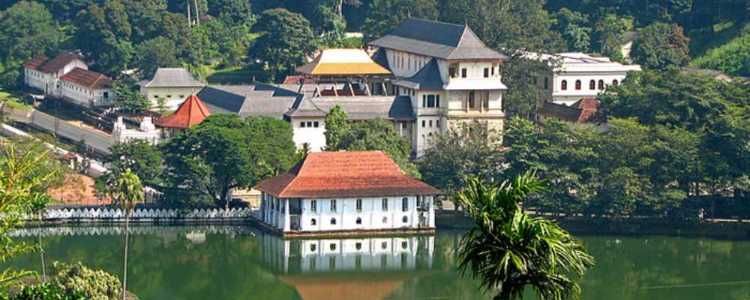
Further inside is the Pattirippuwa, or Octagon, which was built by the last King of Kandy as a place where he could address his fellow countrymen. Once part of the royal palace, today this building has been incorporated into the temple and is now home to ancient texts. On to the left of the temple is the new building which houses the taxidermized remains of the Maligawa Tusker – Raja. For over 50 years Raja carried the golden casket which carried the tooth relic and in 1984 he was declared as a national treasure by the government – the second time a tusker has been declared a national treasure.
